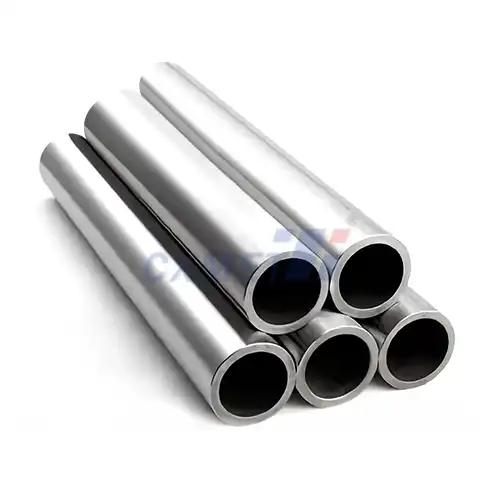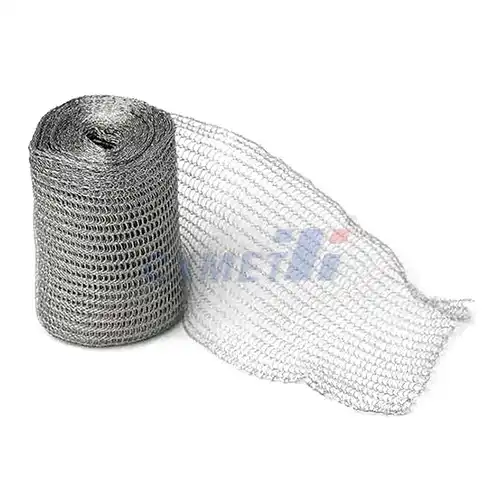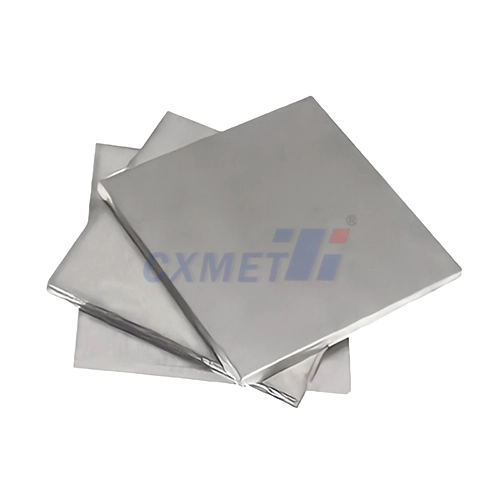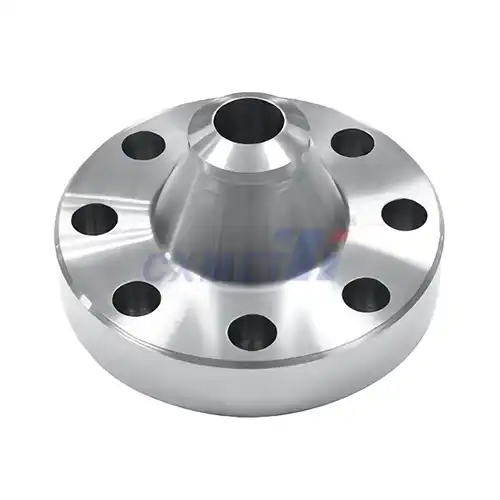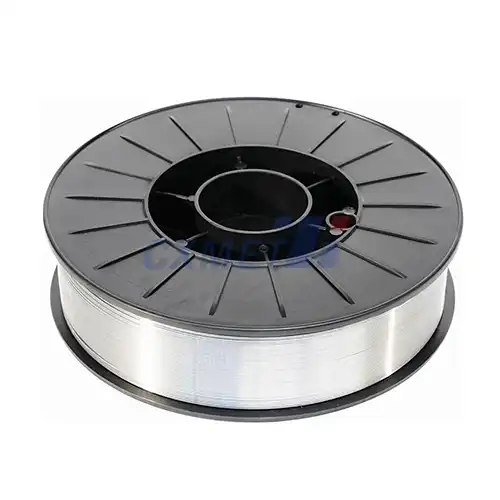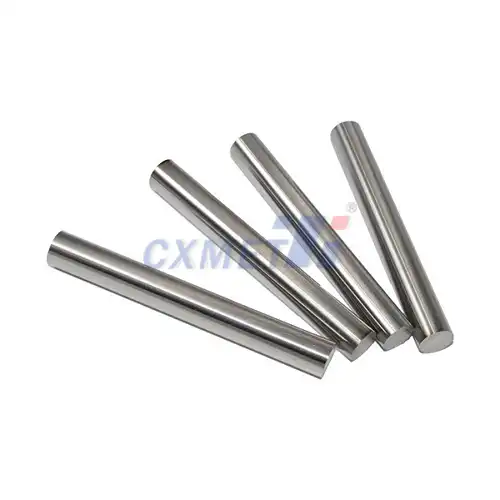- English
- French
- German
- Portuguese
- Spanish
- Russian
- Japanese
- Korean
- Arabic
- Greek
- German
- Turkish
- Italian
- Danish
- Romanian
- Indonesian
- Czech
- Afrikaans
- Swedish
- Polish
- Basque
- Catalan
- Esperanto
- Hindi
- Lao
- Albanian
- Amharic
- Armenian
- Azerbaijani
- Belarusian
- Bengali
- Bosnian
- Bulgarian
- Cebuano
- Chichewa
- Corsican
- Croatian
- Dutch
- Estonian
- Filipino
- Finnish
- Frisian
- Galician
- Georgian
- Gujarati
- Haitian
- Hausa
- Hawaiian
- Hebrew
- Hmong
- Hungarian
- Icelandic
- Igbo
- Javanese
- Kannada
- Kazakh
- Khmer
- Kurdish
- Kyrgyz
- Latin
- Latvian
- Lithuanian
- Luxembou..
- Macedonian
- Malagasy
- Malay
- Malayalam
- Maltese
- Maori
- Marathi
- Mongolian
- Burmese
- Nepali
- Norwegian
- Pashto
- Persian
- Punjabi
- Serbian
- Sesotho
- Sinhala
- Slovak
- Slovenian
- Somali
- Samoan
- Scots Gaelic
- Shona
- Sindhi
- Sundanese
- Swahili
- Tajik
- Tamil
- Telugu
- Thai
- Ukrainian
- Urdu
- Uzbek
- Vietnamese
- Welsh
- Xhosa
- Yiddish
- Yoruba
- Zulu
What are the Key Attributes of Titanium Flange Tube Sheets?
2024-08-08 17:41:45
Titanium flange tube sheets are critical components in various industrial applications, particularly in heat exchangers and pressure vessels. These specialized components are known for their exceptional durability, corrosion resistance, and high strength-to-weight ratio. Titanium flange tube sheets play a crucial role in maintaining the integrity and efficiency of equipment in demanding environments, making them indispensable in industries such as chemical processing, power generation, and oil and gas.
What are the advantages of using titanium flange tube sheets in heat exchangers?
Titanium flange tube sheets offer numerous advantages when used in heat exchangers, making them a preferred choice for many industrial applications. One of the primary benefits is their outstanding corrosion resistance. Titanium's natural ability to form a protective oxide layer on its surface provides exceptional resistance to a wide range of corrosive media, including seawater, acids, and chlorides. This characteristic significantly extends the lifespan of heat exchangers, reducing maintenance costs and downtime.
Another key advantage is titanium's excellent thermal conductivity. While not as conductive as copper or aluminum, titanium offers a good balance between thermal performance and corrosion resistance. This property ensures efficient heat transfer in heat exchangers, contributing to overall system performance and energy efficiency.
The high strength-to-weight ratio of titanium is another crucial factor. Titanium flange tube sheets can withstand high pressures and temperatures while being considerably lighter than their steel counterparts. This lightweight nature simplifies installation and reduces the overall weight of the heat exchanger, which can be particularly beneficial in offshore or mobile applications.
Furthermore, titanium's biocompatibility makes it an ideal choice for applications in the food and pharmaceutical industries. Its resistance to bacterial growth and ease of cleaning ensure compliance with strict hygiene standards.
The durability of titanium flange tube sheets also translates to long-term cost savings. Although the initial investment may be higher compared to other materials, the extended service life and reduced maintenance requirements often result in a lower total cost of ownership over the equipment's lifetime.
Lastly, titanium's ability to withstand extreme temperatures, both high and low, makes it suitable for a wide range of operating conditions. This versatility allows for the use of titanium flange tube sheets in diverse applications, from cryogenic processes to high-temperature chemical reactions.
How does the manufacturing process affect the quality of titanium flange tube sheets?
The manufacturing process of titanium flange tube sheets plays a crucial role in determining their quality, performance, and longevity. The production of these components involves several critical steps, each of which can significantly impact the final product's attributes.
The process typically begins with the selection of high-quality titanium alloy, often Grade 1 or Grade 2 for general applications, or more specialized grades for specific requirements. The choice of alloy is crucial as it determines the mechanical properties, corrosion resistance, and overall performance of the flange tube sheet.
One of the most critical stages in the manufacturing process is the forming of the tube sheet. This can be done through various methods, including forging, rolling, or machining from a solid plate. Each method has its advantages and can affect the final product's grain structure and mechanical properties. Forging, for instance, can improve the material's strength and toughness by refining the grain structure.
After forming, the tube sheet undergoes a series of machining operations to achieve the required dimensions and surface finish. Precision machining is essential to ensure proper fit and alignment of tubes, which is crucial for the heat exchanger's efficiency and integrity. Advanced CNC machining centers are often employed to achieve the tight tolerances required for these components.
The drilling of tube holes is another critical step. The accuracy and quality of these holes directly impact the heat exchanger's performance. Modern manufacturing processes often utilize computer-controlled drilling equipment to ensure precise hole placement and consistent quality across the tube sheet.
Heat treatment is an essential part of the manufacturing process that can significantly affect the titanium flange tube sheet's properties. Proper heat treatment can optimize the material's strength, ductility, and stress relief, enhancing its overall performance and longevity.
Surface treatment and finishing are also crucial steps. Titanium's natural oxide layer provides excellent corrosion resistance, but additional treatments such as passivation can further enhance this property. Some manufacturers may also apply specialized coatings to improve specific characteristics like wear resistance or thermal performance.
Quality control measures are implemented throughout the manufacturing process. These include dimensional inspections, non-destructive testing (such as ultrasonic or radiographic testing), and material composition analysis. These checks ensure that the final product meets the required specifications and industry standards.
The welding of flanges to the tube sheet, if required, is a critical operation that demands skilled personnel and specialized equipment. Proper welding procedures and post-weld heat treatment are essential to maintain the integrity of the joint and prevent any compromise in corrosion resistance or mechanical properties.
Environmental controls during manufacturing are also crucial. Titanium is highly reactive at elevated temperatures, so processes like heat treatment and welding must be carried out in controlled atmospheres to prevent contamination or oxidation.
What factors should be considered when designing titanium flange tube sheets for specific applications?
Designing titanium flange tube sheets for specific applications requires careful consideration of various factors to ensure optimal performance, longevity, and cost-effectiveness. The design process involves a comprehensive analysis of the operating conditions, material properties, and fabrication considerations.
One of the primary factors to consider is the operating environment. This includes the type of fluids or gases the tube sheet will be exposed to, the operating temperature range, and the pressure conditions. Titanium's excellent corrosion resistance makes it suitable for many aggressive environments, but the specific grade of titanium should be selected based on the exact nature of the corrosive media. For instance, Grade 2 titanium might be sufficient for many seawater applications, while more specialized grades like Grade 7 or Grade 12 might be necessary for highly acidic or high-temperature environments.
The mechanical loads on the tube sheet are another critical design consideration. This includes not only the operating pressure but also additional stresses from thermal expansion, vibration, and external loads. Finite element analysis (FEA) is often employed to model these stresses and optimize the design. The thickness of the tube sheet, the layout of the tube holes, and the design of any reinforcing features must be carefully calculated to ensure the component can withstand all anticipated loads throughout its service life.
Thermal design considerations are paramount, especially in heat exchanger applications. The layout of the tube holes, their size, and spacing must be optimized to achieve the required heat transfer efficiency while maintaining structural integrity. The thermal expansion characteristics of titanium must be taken into account, particularly when the tube sheet interfaces with components made of different materials.
The interface between the tube sheet and other components of the heat exchanger or pressure vessel is a critical design aspect. This includes the design of the flange connection, gasket selection, and bolt sizing. The differential thermal expansion between titanium and other materials (such as steel flanges or pipes) must be carefully managed to prevent leaks or excessive stress on the components.
Manufacturability is an essential factor that should be considered early in the design process. The design should take into account the limitations and capabilities of available manufacturing processes. For example, the minimum ligament width between tube holes, the feasibility of machining complex features, and the weldability of the chosen titanium grade should all be considered.
Maintenance and inspection requirements should also influence the design. The tube sheet should be designed to facilitate easy cleaning, inspection, and, if necessary, tube replacement. This might involve considerations such as the accessibility of tube ends, provision for non-destructive testing, and design features that minimize areas where deposits or corrosion might occur.
Cost considerations play a significant role in the design process. While titanium offers excellent performance characteristics, it is also a relatively expensive material. The design should aim to optimize material usage, potentially incorporating features like cladding or explosive bonding where appropriate to reduce costs without compromising performance.
Regulatory compliance is another crucial factor. Depending on the application, the design may need to adhere to specific codes and standards, such as ASME Boiler and Pressure Vessel Code or TEMA standards. These regulations often dictate minimum thicknesses, allowable stresses, and required safety factors that must be incorporated into the design.
The expected service life of the equipment should also guide the design process. Titanium's excellent corrosion resistance can allow for designs with very long service lives, potentially reducing the total cost of ownership despite higher initial costs.
Finally, the design should consider the specific fabrication techniques that will be used. This includes accounting for welding procedures, heat treatment requirements, and any necessary post-fabrication treatments or inspections.
In conclusion, the key attributes of titanium flange tube sheets make them invaluable components in various industrial applications. Their exceptional corrosion resistance, high strength-to-weight ratio, and excellent thermal properties contribute to enhanced performance and longevity of heat exchangers and pressure vessels. The manufacturing process plays a crucial role in ensuring the quality and reliability of these components, with each step from material selection to final inspection impacting the end product. When designing titanium flange tube sheets, a multitude of factors must be carefully considered, including operating conditions, mechanical loads, thermal design, manufacturability, and regulatory compliance. By thoroughly addressing these aspects, engineers can create titanium flange tube sheets that effectively meet the demanding requirements of modern industrial applications, offering long-term reliability and cost-effectiveness.
At SHAANXI CXMET TECHNOLOGY CO., LTD, we take pride in our extensive product range, which caters to diverse customer needs. Our company is equipped with outstanding production and processing capabilities, ensuring the high quality and precision of our products. We are committed to innovation and continuously strive to develop new products, keeping us at the forefront of our industry. With leading technological development capabilities, we are able to adapt and evolve in a rapidly changing market. Furthermore, we offer customized solutions to meet the specific requirements of our clients. If you are interested in our products or wish to learn more about the intricate details of our offerings, please do not hesitate to contact us at sales@cxmet.com. Our team is always ready to assist you.
References:
1. Titanium Information Group. "Titanium in Heat Exchangers." Titanium.org, 2022.
2. ASME Boiler and Pressure Vessel Code, Section VIII, Division 1. American Society of Mechanical Engineers, 2021.
3. Tubular Exchanger Manufacturers Association (TEMA). "Standards of the Tubular Exchanger Manufacturers Association." 9th Edition, 2019.
4. Leyens, C., & Peters, M. (Eds.). "Titanium and Titanium Alloys: Fundamentals and Applications." John Wiley & Sons, 2003.
5. Donachie, M. J. "Titanium: A Technical Guide." ASM International, 2000.
6. Boyer, R., Welsch, G., & Collings, E. W. (Eds.). "Materials Properties Handbook: Titanium Alloys." ASM International, 1994.
7. Schutz, R. W., & Watkins, H. B. "Recent developments in titanium alloy application in the energy industry." Materials Science and Engineering: A, 243(1-2), 305-315, 1998.
8. Peters, M., Kumpfert, J., Ward, C. H., & Leyens, C. "Titanium alloys for aerospace applications." Advanced Engineering Materials, 5(6), 419-427, 2003.
9. Titanium Industries. "Titanium in Heat Exchangers: Benefits and Applications." Ti.com, 2023.
10. American Welding Society. "Welding Handbook, Volume 4: Materials and Applications, Part 2." 9th Edition, 2011.
